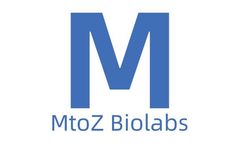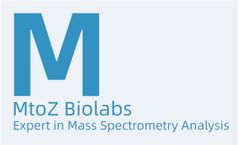Cardiovascular Outcomes Study Articles & Analysis: Older
5 articles found
Protein phosphorylation is an important post-translational modification process that involves adding a phosphate group to an amino acid residue in a protein, usually a serine, threonine, or tyrosine residue. Protein phosphorylation plays a key role in regulating various biological processes within the cell, including signal transduction, cell cycle, and metabolism. Therefore, detecting protein ...
Histone SUMOylation is a post-translational modification that involves the covalent linking of the SUMO protein to the lysine residues of histones. This process requires the participation of a series of enzymes, including E1 activating enzyme, E2 conjugating enzyme and E3 ligase. SUMOylation plays a key role in gene expression regulation, DNA repair, RNA processing and nuclear transport in the ...
In May 2022, the Harvard Medical School research team published a paper entitled Cardiovascular Outcomes in Patients Initiating First-Line Treatment of Type 2 Diabetes With Sodium-Glucose Cotransporter-2 Inhibitors Versus Metformin : A Cohort Study in the Annals of Internal Medicine, a leading medical journal, showing that: 1. ...
When the glucose threshold is reached, the hypoglycemic effect is exerted, and the hypoglycemic effect is not stimulated by insulin secretion, so it will not cause the risk of hypoglycemia, so as to achieve the good effect of fast and safe hypoglycemia. 2. Cardiovascular protection Several studies have shown that SGLT2 inhibitors have cardioprotective effects and ...
ABSTRACT Synthetic data are becoming increasingly important mechanisms for sharing data among collaborators and with the public. Multiple methods for the generation of synthetic data have been proposed, but many have short comings with respect to maintaining the statistical properties of the original data. We propose a new method for fully synthetic data generation that leverages linear ...




